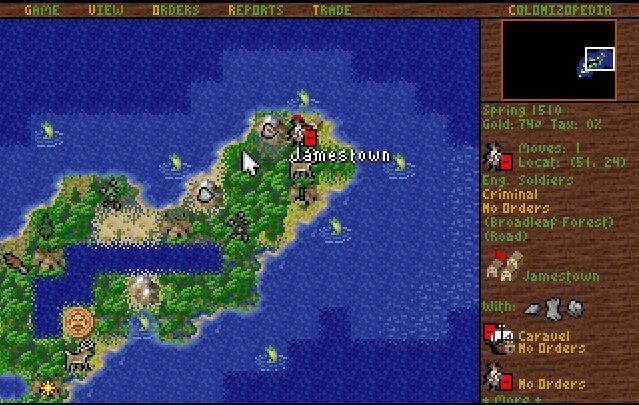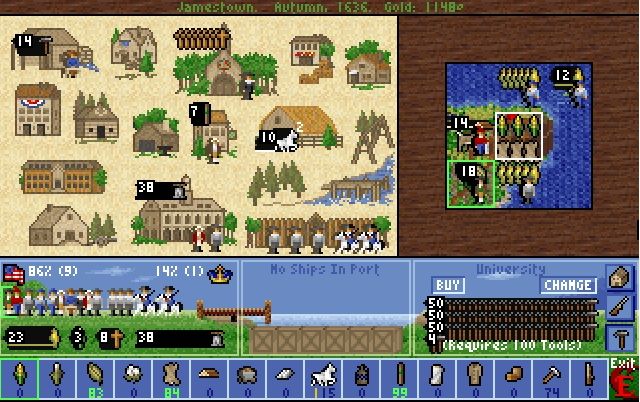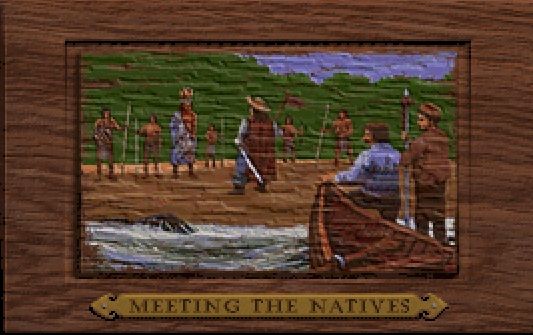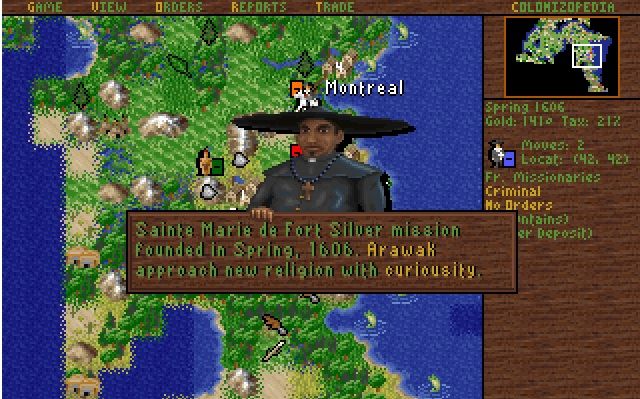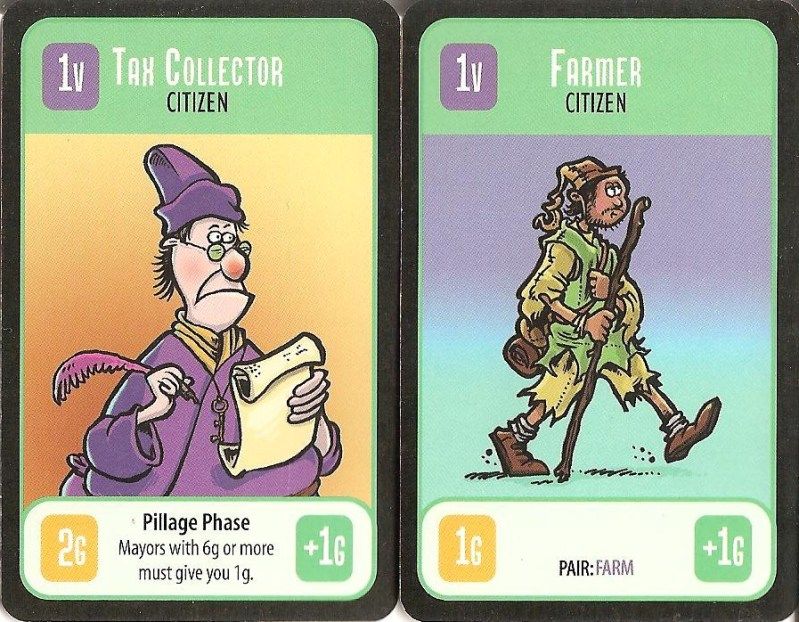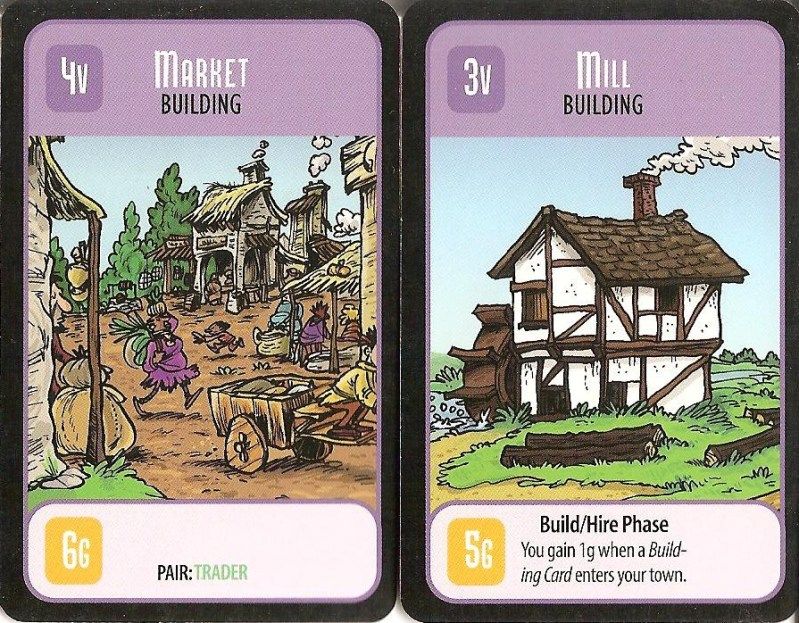Previously in the Monkey Pirates RPG blog series:
Introduction to the game
Character Creation
Actual Play Session One
Actual Play Session Two
Actual Play Session Three
Interlude
Actual Play Session Four
(Blogger's Note: My kids continue to show imagination and creativity in the parts which they narrate - they all compliment each other well and help to collectively tell their parts of the story, which is fun to see. Obviously, some of the adjectives and adverbs in the text below are a bit above their grade levels and were added in by me for flavor at the time of transcription.)
Monkey Pirates and the Precipice of Doom
Date Played: May 19, 2012
1 hour, 3 minutes
As the adventuring band debates how best to begin searching for Captain Squawk, newcomer Lilly decides to use her first Treasure point to get a bottle of vitamins that will keep her healthy and fit to aid in her Climbing tests.
Still stinging from the humiliating defeat at the hands of Captain Jack Squawk, the four piratical monkeys agree to seek out Jacquette at the Pearlie Mist. She’s strange and her place smells weird, but she seems to be a fountain of knowledge and may know how to reach the scoundrel. They make the trek to her establishment in a lonely part of the island. Approaching the door, they note it is slightly ajar and so they cautiously enter looking around the dimly lit store. Jacquette is wearing an oversized cloak and rustling through some papers, with her back to the entrance. Hearing the quartet enter, she raises and turns her head to the side and rasps, “What do you need?”
“We’ve come for some more answers,” says the captain with urgency.
“Really,” is the one word reply. Her voice creaks.
Blue Tail raises her brows, asking, “What’s wrong with your voice?”
Jacquette stands, slowly turns around, and lowers her hood…to reveal that she is not Jacquette, after all! Instead, standing before the confused quartet, the cloaked creature is a bugged-eyed frog, with the collar of a royal naval uniform protruding from the top of his robe.
“Who are you,” asks the captain, drawing his sword.
The mystery intruder smiles with embarrassment. “Please, I know this seems awkward, what with me being here, and all, but I can explain. My name is Commodore Christopher Greene of HMS Jumper. I am looking for Captain John Smith and my contacts led me here, to the Pearlie Mist, as there may be some association between him and the owner of this establishment.”
The four pirates look innocently back and forth between each other. “Why are you looking for him,” asks Patchey McNuttey.
Lilly rolls a Chatter test to pry the information from Commodore Greene needing a 3 on the monkey die, and a 2 on the chatter die. She rolls a 3,6 and passes.
The amphibian thinks for a brief moment and sighs. “I’m on official, yet sensitive, business for Governor Longneck and must retain a low profile. His lordship would like to enlist Captain Smith’s services in dealing with the notorious criminal Captain Jack Squawk. So you can appreciate our need to stay ‘out of the picture.’ And let’s just say the governor is aware of their little rivalry. Do you know Mr. Smith?”
“We’ve heard of him,” replies Patchey.
Shiver Paw pipes up, “What do you want him to do?”
“You see,” replies Greene, “Squawk has something that the governor wishes to keep out of criminal hands. Smith knows of it, we’re told, and his grace would like him to retrieve it. In return, he is prepared to give him the whereabouts of Captain Squawk, to pay very handsomely for the object in question, and to give a full pardon for all of the captain’s crimes, plus pardons to his crew, as well.”
“I think he’s dead,” Patchey quips quickly. She does not trust the frog.
The commodore looks sadly to the floor. “Oh, dear, that’s…unfortunate. We’d not heard that, although we knew his last destination was Cannibal Island, so perhaps,” his voice trails off.
The others pull Patchey aside and whisper to her, “Look, we need to find Squawk and this guy knows where he is. What if they’re already summoning Orangebeard? We’ll have to trust him for now.” Patchey does not like it, but Captain Smith makes the call. “Can you prove your story?”
Greene pulls an envelope from his cloak. “These are my official orders, and the governor’s offer to Smith, with his signature.”
Smith removes the letter from the envelope and scans the document. He seems satisfied and stands straight. “I am Captain John Smith.”
Greene’s wide eyes brighten. “Excellent! I suspected as much and the governor will be grateful for your services, sir. So, it is agreed that you will acquire the, ahem, ‘special object’ in exchange for a generous reward and full pardons for all?”
“Agreed,” confirms the captain. “Now, where is he?”
The officer places his hood again upon his head and begins to walk out of the Pearlie Mist. “In one of the clearings on High Pointe to the northwest of this island,” he says and adds, “Good luck,” as he exits. The monkeys all stare as he leaves and then gather their courage to confront Squawk.
Hope rolls a Sailing test to find a path to High Pointe needing a 3 on the pirate die, and a 2 on the sailing die. She rolls a 5,6 and passes.
[Hope narrated] Blue Tail leads them outside and looks out in the direction of High Pointe. “I know that place,” she beams brightly. “On the ship I used to serve on, before this one, the whole crew would go up there to camp and drink slushies!” She heads off down a rough trail and up to the Pointe and then sees some light ahead with faint smoke trails climbing up into the air. “That must be them,” she declares.
The four walk up to the clearing and peer through the wall of greenery. There’s a small gathering of weasel pirates with Captain Squawk and his first mate, Oliver le Peel. They’re all circled around a large boulder on which the amulet rests. Stooped over the natural altar is the wily, gypsy fox, Jacquette, chanting some gibberish which the monkeys don’t understand.
“She’s trying to raise Orangebeard,” exclaims Patchey in a frantic whisper. The sneaking pirates quickly decide they must act fast, though not rashly. So they nonchalantly stroll out into the clearing and join the crowd watching Jacquette’s ritual as if nothing is abnormal.
Squawk and his gang gaze transfixed on Jacquette and her strange ceremony, oblivious to the intruders. The gypsy continues her exotic incantations until, as if pausing mid-chant, she stops and looks straight at the new arrivals. Then Squawk notices them, too, and draws his cutlass. “What in me bloomin’ pantaloons is going on?” He is obviously concerned. “Ye just never learn, Mr. Smith!”
John Smith answers back with a challenge. “I think you have something of mine, Jack, and I’ll take it back, now!”
The macaw glances to Smith’s three companions and then at his own weasel crew and smiles mischievously. “I tell ye what, sir. How about a personal duel? You beat me champion mate Oliver le Peel and you can have the amulet. If’n ye lose, well,” he paused, “I’ll think of something.” His beady eyes widen above his beak.
Captain Smith contemplates the challenge while he stares at le Peel, a massive and hairy gorilla with a large broadsword. While Squawk’s diminutive rodents seem easy to overpower, Smith realizes that he and his friends are still out numbered, plus they have the thuggish silverback on their side. With seemingly little alternative, Smith says, “Agreed, sir!”
Brendon rolls a Swords test (vs. Oliver le Peel) needing a 3 on the pirate die and a 2 on the swords die; meanwhile le Peel will need to roll the same. Brendon rolls a 4,2 while the ape rolls a 6,3 and beats Brendon on aggregate! Brendon fails but applies his Luck point to pass.
[Brendon narrated] Captain Smith and Oliver le Peel frown at each other and start to circle around like preying buzzards, waiting for a chance to strike. The rest of the animals all gather to from a ring and crowd in closer to get a good glimpse of the battle. They all start to cheer as the two fighters begin exchanging the first blows and Smith soon sees that the gorilla is going to be much stronger. He has trouble attacking le Peel, but instead is driven back and then to the side, then back again, always having to defend. Just then, a weasel sailor whelps in pain. So intent on watching the duel, he had inadvertently backed into the campfire, setting his butt alight! He panics and scrambles around hitting other weasels like a pinball, setting more fur on fire. Mass chaos ensues with weasels running in all directions in pain and fright. One such combustible ferret bumps into le Peel and knocks him momentarily off-balance. Smith sees his chance and swings a fortuitous knock-out blow which sends the oafish ape to the ground.
Captain Smith pauses to catch his breath and the four monkeys happily look about the clearing. Flaming weasels are dashing off to the beach, le Peel is out cold, Jacquette is gone, the stone alter is empty, and Jack Squawk is racing off into the jungle with the amulet in hand. Who would have thought a notorious pirate would not honor his word?!
“He’s getting away,” shouted Patchey.
“No for long,” resolved Shiver Paw.
Cory rolls a Climbing test (chase vs. Jack Squawk) needing a 3 on the monkey die and a 2 on the climbing die; meanwhile the macaw will need to roll a 5 and a 4 on the same. Cory rolls a 4,4 while the captain rolls a 2,6. Cory succeeds.
[Cory narrated] Jack Squawk flies away through the trees, staying low. Shiver Paw darts off after him and climbs into the first tree and starts swinging from vine to vine, slowly gaining on the bird. Squawk looks behind him to see if anyone is following, but he does not look up to see Shiver Paw. The monkey swings directly above the macaw and then drops down and grabs him by the feet, pulling him to the ground. They both tumble down, wrestling, and Shiver Paw pins him down and snatches the amulet. Jack has a broken beak for his troubles.
The other three monkeys join their nimble companion who is astride the former baddie. With hostage and amulet in hand, the quartet exudes hope with the anticipation of fame, fortune, and a forthright future.
Before wrapping up, I replace Brendon’s Luck point used in the fight with le Peel. Well-earned, I thought, for the butts-on-fire incident.













